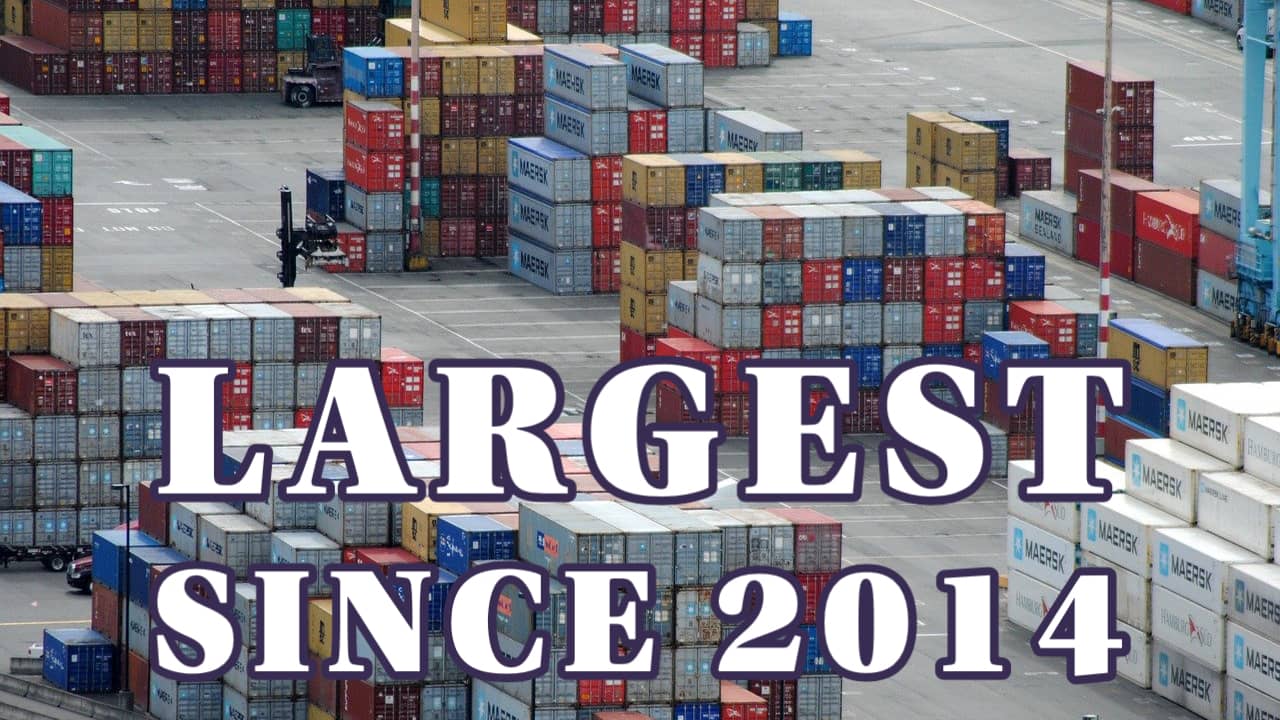
Trade Surplus Despite COVID-19: What NZ Has Been Importing
3-minute read
The global pandemic is boosting New Zealand’s trade balance and driving changes in the make-up of our exports and imports, latest StatsNZ data shows.
Kiwis imported more laptops in the year as we tooled up to work from home.
Latest figures also show we imported more than $200 million of face masks.
And exports of respiratory equipment surged by $348m to $861m worth.
Meanwhile imports of cars have plunged.
New Zealand’s annual trade surplus grew to $1.7 billion in the year to September, as the pandemic hit imports but export growth stayed solid.
It was the largest trade surplus the country has seen since the height of the dairy boom in 2014.
“For most of the past 20 years, New Zealand had a goods trade shortfall, importing much more than it exports,” said StatsNZ senior insights analyst Nicholas Cox.
“The goods trade surplus in September 2020 is unusually high because of the rapid drop in imports since February.”
Imports fell $5.9 billion in the September 2020 year.
The fall was led by crude oil (down $1.7 billion) and cars (down $1.1 billion).
These falls were partly offset by rises in face masks (up $216m), and laptops (up $133m).
“Imports of laptops rose, as more people worked from home during the lockdowns earlier in the year,” Cox said.
There was also a one-off rise in the “warships” category (up $395m, largely driven by the arrival of Navy ship HMNZS Aotearoa in June 2020).

Meanwhile the total value of goods exports for the September 2020 year still exceeded the year to September 2019 – up $1.2b.
The rise in annual exports was led by milk powder, butter, and cheese (up $1.4b), beef (up $433m), and gold kiwifruit (up $377m).
“New Zealand also exported more breathing equipment, which is in high demand worldwide because of Covid-19,” Cox said.
Exports of respiration apparatus rose $348m in the September 2020 year.
The industry is dominated in New Zealand by NZX listed F&P Healthcare which has seen a surge in demand for its products this year.
“Import activity continues to be proportionately more impacted by the pandemic, and the global economic slowdown,” said ASB economist Nathaniel Keall.
He emphasised the “caveat” that an improving trade balance isn’t always the sign of a healthy economic outlook.
“The trade balance fell during the last global financial crisis as soggy domestic demand weighed on imports but key export sectors – like agriculture – proved relatively more resilient,” he said.
“We continue to see broadly similar themes this year.”
On a monthly basis September saw a slight fall in dairy export returns from a year earlier.
Milk powder, butter, and cheese exports fell $97m this month, led by falls in milk fats including butter (down $35m), and milk powder (down $31m).
“The falls in butter and milk powder were price-driven, as the export volumes for both commodities were higher in 2020, by 8 per cent and 4 per cent, respectively,” Cox said.
However this is likely to be a short-term dip as export prices on the Global Dairy Trade auction have risen in the past six weeks.
The monthly trade balance in September 2020 was a deficit of $1b – lower than the average deficit in the previous five September months at $1.3b.
SOURCE: NZ Herald
P.S. Easy Freight Ltd helps New Zealand importers & exporters to save money on international freight and reduce mistakes by guiding how to comply with Customs and biosecurity rules.
➔ Contact us now to learn how we can assist you.
